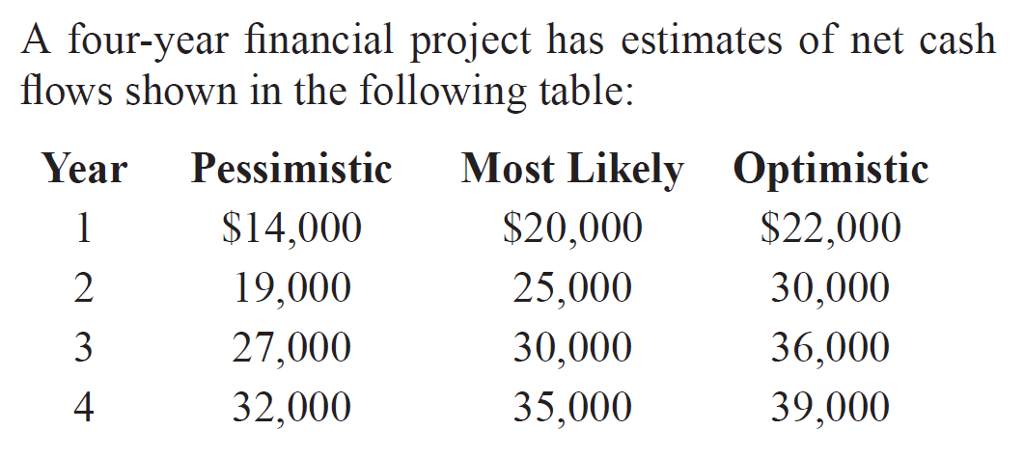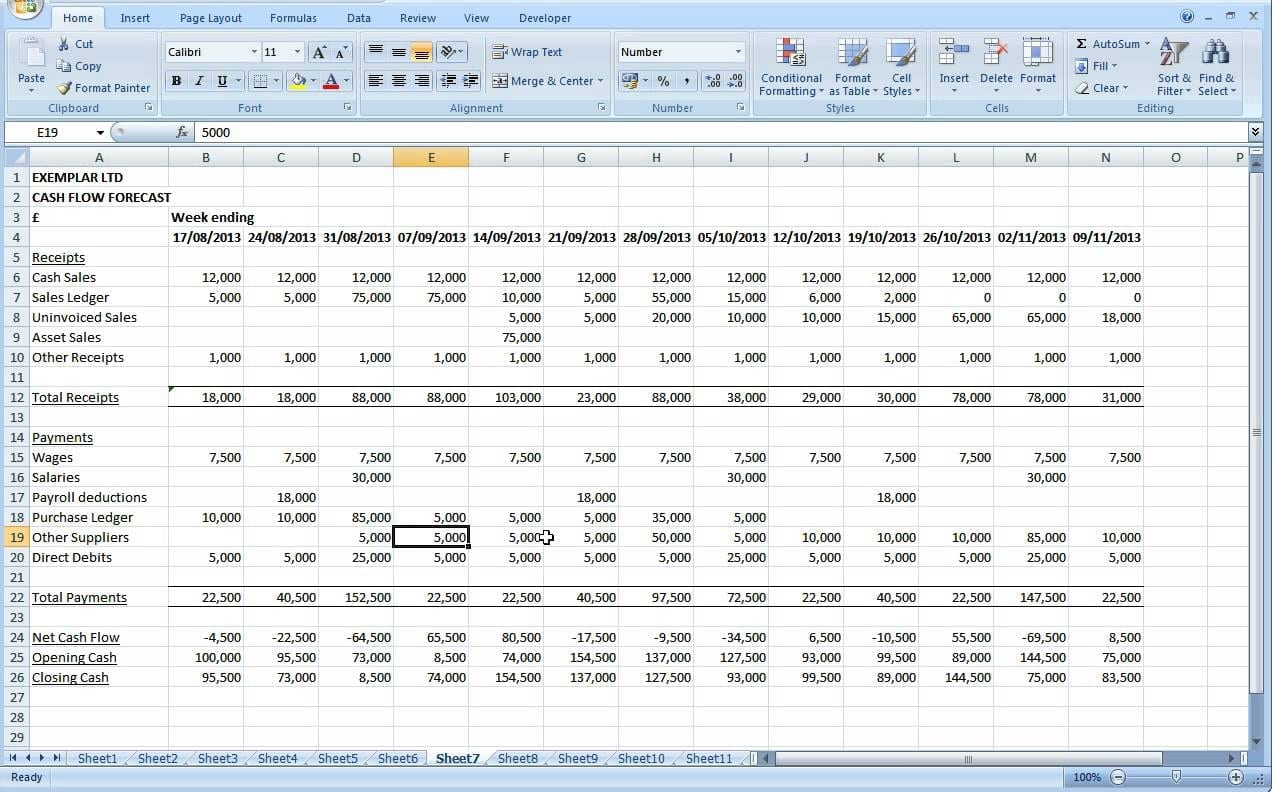
Small businesses especially need to know how much they’ll have available to pay suppliers and for other bills. With more accurate information available, small business owners are able to make better planning decisions. Short-term cash flow forecasts provide important information for small business owners because they show cash inflows and outflows as they occur. Typically, they look a couple of weeks into the future and contain a daily breakdown of the amount of cash on hand and receipts.Ī daily forecasting process would often include a degree of automation in capturing cash flows from bank accounts and ERP systems. Short-term forecasts are used to manage the day-to-day cash needs of a business. The longer the forecast, the less detailed it is likely to be. Generally, there is a trade-off between the availability of information and forecast duration.

This will be determined by business needs and the availability of information within your organisation. When setting up a cash flow forecast, you first have to decide how far into the future the forecast will look. If there is a shortage of cash, controllers can figure out ways to get cash before it’s too late. It helps companies avoid shortfalls and negative cash flow by predicting how much cash will be available in months to come.Capturing actual cash flows means that you can compare what was forecasted to what was actually received, allowing you to analyse the accuracy of the previous forecasts.Those can be used to predict future cash flow. Historical cash flow data provides a good basis for making future projections because it reveals patterns in the fluctuation of cash on a monthly or yearly basis.It ensures that the projected cash flows are starting from the actual cash flow position.There are several benefits to capturing actuals in cash forecasting : In the example above, the numbers left of the red line are actuals. Why Is Cash Flow Forecasting Valuable?Īs well as capturing forecasted positions, cash flow forecasts often capture actual cash flows in the same model or template. For example, some companies would track high-level Accounts Payable/Accounts Receivable cash flows, and other companies would break the cash flows down to the level of individual customers and suppliers. The cash flow items that make up the receipt and payment elements are unique to a company’s forecasting needs. The image shows a cross-section of a 13-week cash flow forecast: Net Movement - either by individual cash flow item or at a minimum total net movement īroadly speaking, most cash forecasts will be structured as shown below.Payments - again broken down by cash flow item.

Receipts - broken down by cash flow item/classification.Typically, a cash forecast will contain some or all of the following components: A more comprehensive cash flow forecast will show you where your cash is right now, if you’ll have enough cash in the future, where it’ll be, and what will happen along the way (e.g., classified cash receipts and payments). This helps highlight when and where funding needs arise and allows you to take advantage of times when excess liquidity is available. In its simplest form, a cash flow forecast will show you where your cash balances will be at certain points in the future. We also provide examples of types of cash flow forecasts and a template to help you better organise and interpret cash flow data. In this post, we look at the main components of a cash flow forecast, the importance of actual cash flow data, and a number of different types of cash flow forecasts. The larger the company, the more complex and challenging cash flow forecasting becomes. The main purpose of cash flow forecasting is to assist with managing liquidity.

A cash flow forecast is a tool used by finance and treasury professionals to get a view of upcoming cash requirements across their company.


 0 kommentar(er)
0 kommentar(er)
